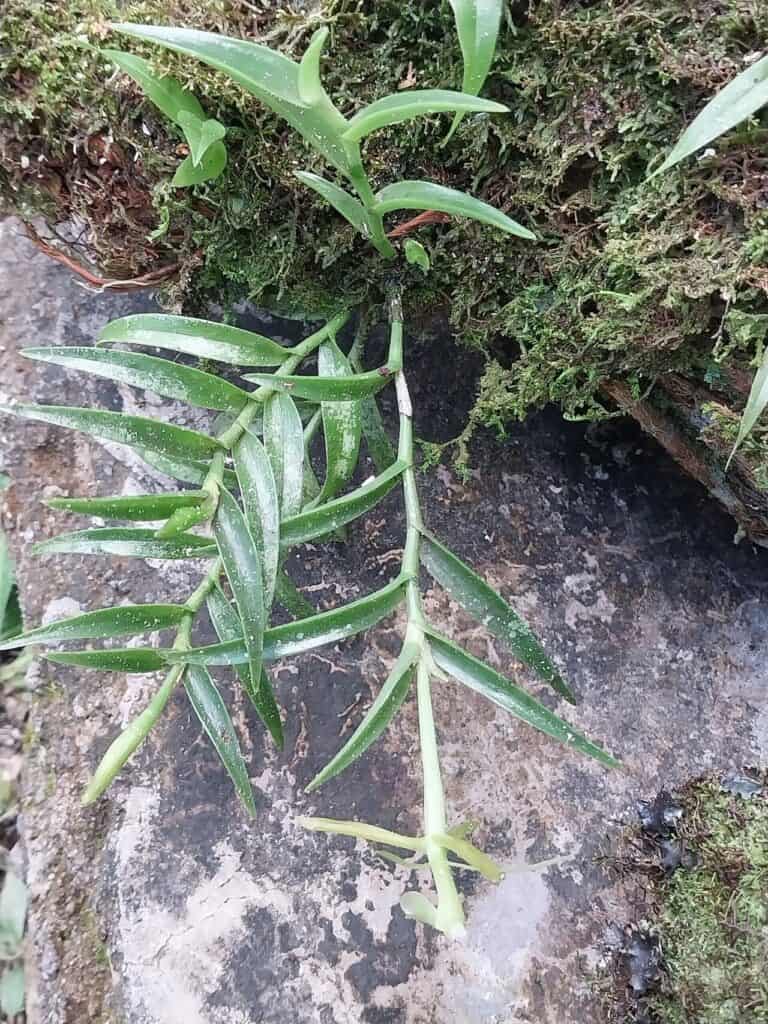Demystifying Epidendrum atwoodii Propagation: Growing More of this Tropical Beauty
Epidendrum atwoodii, with its vibrant orange blooms and intriguing reed-like stems, has captured the hearts of orchid enthusiasts. This striking epiphyte, native to the rainforests of Central and South America, might seem like a challenging plant to propagate, but fear not! With a bit of patience and the right techniques, you can successfully multiply your Epidendrum atwoodii collection and share its beauty.
Understanding the Options: Divisions and Keikis
Unlike some orchids that readily produce seeds, Epidendrum atwoodii is generally propagated through vegetative methods. This means creating new plants from existing plant parts. The two main methods for at-home propagation are:
1. Division: This technique involves separating mature plants with multiple growths into smaller sections. Look for divisions with at least 3-4 healthy pseudobulbs (the swollen stems that store water) and a strong root system. Here’s how:
- Timing is Key: The best time for division is during the spring, just as new growth begins.
- Careful Separation: Using a sterilized knife or pair of shears, carefully cut the rhizome (the horizontal stem connecting the pseudobulbs) to separate the division. Ensure each section has sufficient roots and pseudobulbs.
- Potting Up: Plant each division into a well-draining orchid potting mix. Water sparingly until new growth appears.
2. Keikis: Keikis are essentially baby plants that develop on the stems or flower spikes of the mother plant. They occur naturally, often spurred by environmental factors.
- Identifying Keikis: These little marvels resemble miniature versions of the parent plant, with tiny roots emerging.
- When to Remove: Wait until the keiki has developed 2-3 roots at least an inch long before detaching it.
- Gentle Detachment: Carefully remove the keiki from the mother plant using a sterilized cutting tool, making sure to include any attached roots.
- Potting Your Keiki: Plant the keiki in a small pot with a fine orchid potting mix. Keep the potting mix consistently moist but avoid overwatering.
Factors Influencing Propagation Success
While the techniques might seem straightforward, several factors influence successful Epidendrum atwoodii propagation:
- Healthy Parent Plant: Always start with a vigorous, disease-free plant to ensure the best chances of success.
- Sterilization: Sterilize all cutting tools with rubbing alcohol before and after use to prevent the spread of diseases.
- Appropriate Potting Medium: A well-draining orchid mix is crucial to prevent root rot, a common problem for orchids.
- Light and Humidity: Epidendrum atwoodii thrives in bright, indirect light and high humidity. Replicate these conditions as closely as possible for your new propagations.
Patience is a Virtue
Propagating orchids requires patience. It may take several weeks or even months for your divisions or keikis to establish themselves. Don’t be disheartened if you don’t see immediate results. With proper care and attention, your new Epidendrum atwoodii plants will eventually reward you with their vibrant blossoms, a testament to your successful propagation journey!
